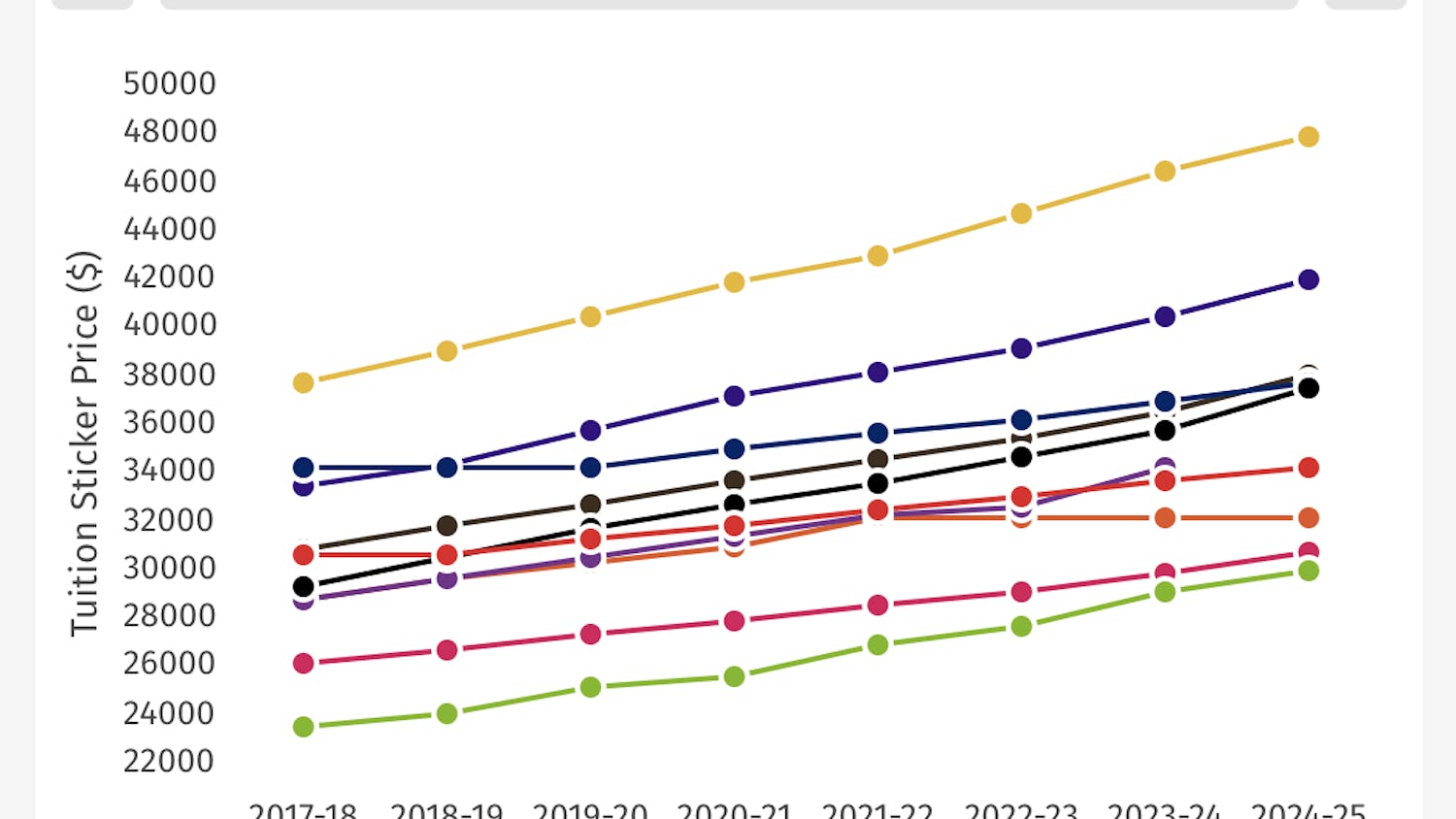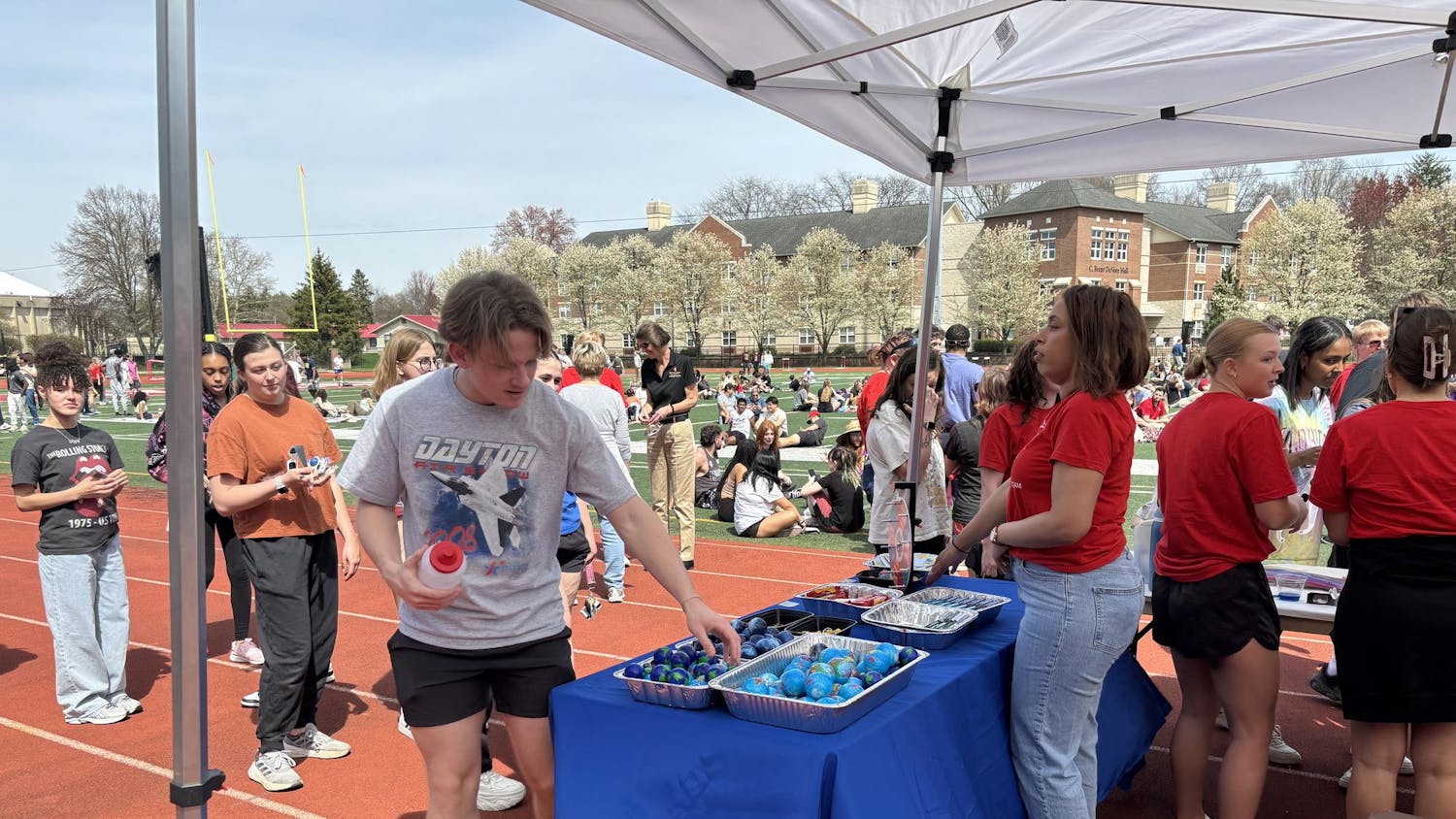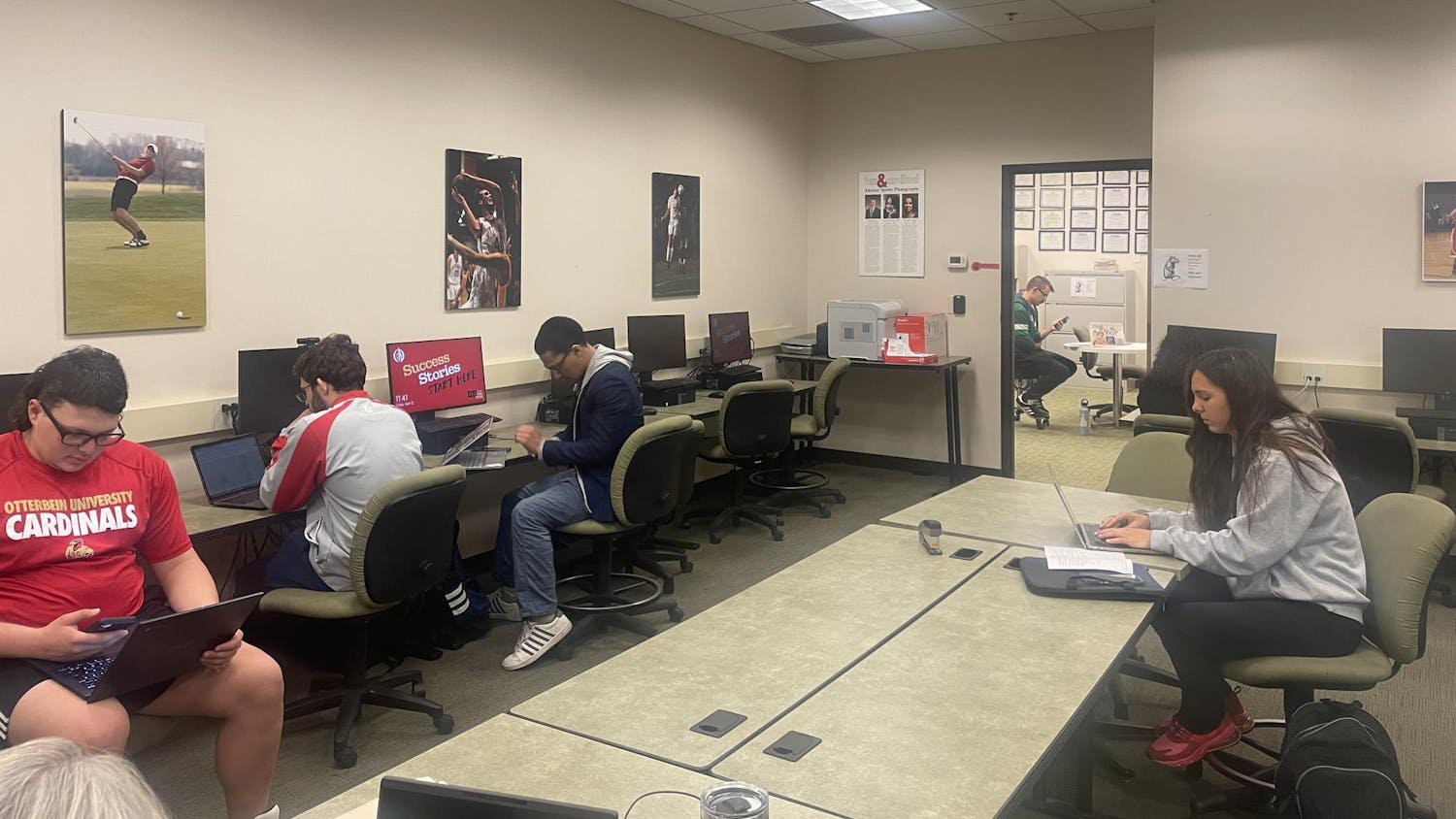This past Saturday, the women’s lacrosse team earned their eighth win of the season to give the program its first winning record of 8-7 in only its second year.
A typical lacrosse game calls for 12 players in the starting lineup, but can eventually have 25 to 30 players participate in a single game.
For a team with only 16 players that experienced more individual playing time per player, the women’s team physically withstood the demands of a rigorous season as they were fortunate to have only suffered one injury, according to head coach Stephani Schmidt.
“During preseason, we try to focus on lifting and conditioning, so it decreases the chance of injury overall,” she said.
The injury the specific player received was a concussion, which is one of the most popular injuries that lacrosse athletes receive according to Dr. Julie Wilson, a physician for Nationwide Children’s Hospital Sports Medicine.
“Concussions are a big injury that are caused from player to player, player to ground and stick to head contact,” Wilson said.
Wilson works specifically with lacrosse players and their injuries.
The most common types of injuries that lacrosse athletes receive, according to Wilson, can range from concussions to ankle sprains, scrapes and burns to even ACL tears.
The causes of injuries can also range from an on-the-field injury to an overuse injury.
Wilson said that a body can sometimes just break down over time and can’t handle the demands of training year round. “That’s why even the pros get an offseason,” she said.
These injuries are more common in tendons, muscles and around the knees of athletes.
“Players don’t feel like there was a moment of injury (and) there was nothing they did wrong,” Wilson said. “It’s just a matter of their body not responding well to the training, and we need to modify it.”
Along with modifying their training, players must also rehab the injury to help them get back to full training.
But according to Wilson, some of these overuse injuries can really limit what an athlete can do in that moment and during their season in general.
Once a player receives an injury, they are looked at by one of the athletic trainers, who determines the severity of the injury.
“The training staff plays a huge role in assessing whether the player will be able to come back sooner or later,” Schmidt said. “Generally they have protocols depending on the injury, and they have to gage how (players) respond to their physical therapy and when they can come back.”
Depending on how bad the injury is, the athlete can be taped up and sent back into the game or go through a recovery process called PRICE.
PRICE, which stands for protection, rest, ice, compression and elevation, helps players recover from acute injuries within the first few hours and days of the injury occurring.
“Based on their specific injury and what their deficits are, then we decide what level of management to use,” Wilson said. “Some go home with a brace and some exercises to do, some need formalized rehab and some unfortunately have more significant injuries and need to get an MRI.”
But athletes can also prevent injuries through proper nutrition, drinking plenty of water, stretching and getting plenty of rest.
“A lot of people don’t think about that when they talk about injury prevention,” Wilson said.





